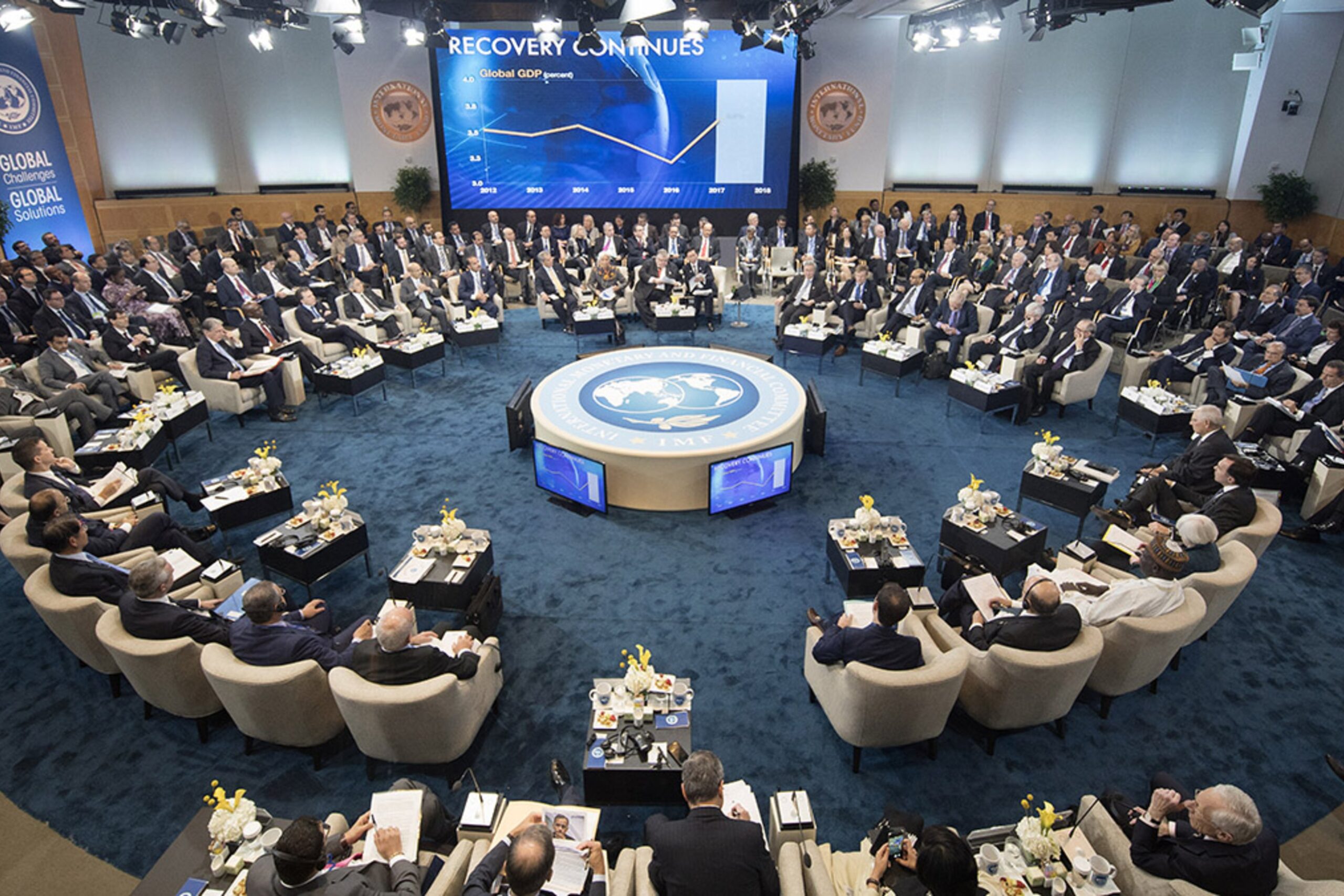Brace for severe load shedding: Gata
ZESA executive chairman, Dr Sydney Gata, has warned of severe power cuts in “the near future” arguing the non-cost reflective tariff continues to erode the viability of the power utility.
Zimbabwe is already facing power cuts, also known as load shedding, sometimes lasting for more than eight hours per day due to subdued electricity production and a shortage of foreign currency to import.
Zimbabwe needs about 1 600 megawatts but generates an average of 1 100 MW from its two major power plants and imports more from South Africa, Zambia and Mozambique to narrow the deficit.
The power cuts would put more pressure on Zimbabwean businesses already faced with inflationary pressures and foreign currency exchange rate distortion that has resulted in huge disparity between the official and black market exchange rates.
Gata told Business Weekly on Thursday that the viability of the power utility had been eroded; “because the tariff is severely frustrated and (the situation) is becoming a time bomb.”
“We are heading for another severe load shedding,” Dr Gata warned. “How long can you stay in business when you produce at a cost nearly twice the price you are selling at?”
Dr Gata said the cost of importing was between US8c and US9c per unit while the cost of producing locally was US9,5c–versus the selling price of about US6c.
Worsening the situation was delays in commissioning of new units Hwange thermal plant expected to add 600 MW onto the national grid. The commissioning of new generators was pushed back by almost six months as Covid 19 induced disruptions delayed the delivery of some of the equipment.
The southern African country targeted to light up the first 300 MW unit around July this year while the second one, with same capacity was expected to come on stream three months later.
Zimbabwe contracted China’s Sino Hydro to build two more units, also known as 7 and 8, a project expected to significantly improve the country’s power situation.
“Because of that, we had elaborate discussions (with the Government) to have an interim support in the form of a viable tariff (to keep running) but there is no coherent position,” said Gata.
“We need a maintenance budget and (funds) to connect new customers but we cannot because of the sub economic tariff. Even though we have recommendations (on viable tariff structures) by a number of consultants, that has been ignored. We last had a viable power prices around 2019.”
Energy and Power Development Minister, Zhemu Soda, recently said Zimbabwe’s power situation would remain “fragile” in the absence of an economic tariff, which continue pushing up “unproductive” demand and reckless use of electricity.
“The tariff has been severely eroded and what we now see is the rising demand of unproductive demand of electricity especially by domestic customers,” Soda told Business Weekly. “Until there is restoration of a viable tariff, the situation will remain fragile.”
However, Zimbabwe Energy Regulatory Authority (ZERA) chief executive, Edington Mazambani said the regulator was studying the tariff recommended by the World Bank.
“We are analysing the cost reflective tariff proposed by the World Bank and propose a pathway to the Government to achieve that,” Mazambani said in an interview. “We can’t just move from a non-cost reflective tariff regime to a cost reflective tariff in a short period of time. It is some that we will implement, gradually over at least three years so otherwise we risk disrupting economic activity,” Mazambani added.
Electricity has become the cheapest energy for households over other sources such as gas, with an average household spending as little as US$10 for electricity per month. The last power price review was in January 2022 when the Zimbabwe Energy Regulatory Authority (ZERA) increased electricity tariffs by 12,3 percent.
Families on pre-paid meters are buying 200 units per month for $1265,11 (US$5 on parallel market or US$9 at official rate) including the 6 percent rural electrification levy.
There are five bands of discounted tariffs before the full $14.31 a unit comes into effect on purchases over 400 units. The first 50 units cost $2,38 each, before the rural levy.
The 50 units are considered the bare minimum that a family needs for essential purposes. Consumers on post-paid meters pay similar charges plus $35,68 monthly fixed charge. The fixed charge covers the extra administration costs.-eBusiness Weekly









